WHEN: Today, Tuesday, March 19, 2024
WHERE: CNBC’s “Squawk on the Street”
Following is the unofficial transcript of a CNBC exclusive interview with NVIDIA Founder and CEO Jensen Huang on CNBC’s “Squawk on the Street” (M-F, 9AM-11AM ET) today, Tuesday, March 19. Following is a link to video on CNBC.com:
More of the interview will air on CNBC’s “Mad Money” (M-F, 6PM-7PM ET) tonight and tomorrow night at 6pm ET.
All references must be sourced to CNBC.
DAVID FABER: But for now, we’ve got to go to NVIDIA’s AI Developers Conference and get to Jim Cramer. He joins us with a very special guest. Jim?
JIM CRAMER: Thank you so much, David and Sara. Yes, I am with Jensen Huang. And we are at what some people are calling, Jensen, the Woodstock of AI. But isn’t it much more than that? Isn’t it about a change in everything we do when it comes to digital? When it comes to creating, it comes to thinking. You’re changing that. Isn’t that what we’re doing out here?
JENSEN HUANG: Yeah, this is an incredible conference. This is NVIDIA’s developer conference. Everything that we do starts with software. Everything we do starts with software and everything we do is in service of all the software developers who are solving these really difficult algorithms. We are represented by a hundred trillion dollars of industry here. Healthcare is here, financial services are here, manufacturing, industrial, automotive, climate, tech, you know, holy cow, communications is here, consumers are here.
CRAMER: But people always think of you as hardware. You’re talking about a different platform, a system that frankly may be unassailable from competitors because once all these companies get involved with you, they’re going to stick with NVIDIA.
HUANG: It’s a very specialized way of doing computing called accelerated computing. And what we do is this, and Jim, this is the observation a long time ago. 30 years ago, we observed that the CPU is really good at many things, but there are some things it’s surprisingly un-good at, parallel things, things that you could distribute across a large number of processors. And so what we did was we added NVIDIA to a CPU, we connected it to a CPU, offload the work that the CPU is not good at, and we run that work insanely fast. Well, surprisingly, that work that the CPU is not good at represents 95 percent of the time that is spent in computing. We offload that 95 percent of the time and we run it a hundred times faster.
CRAMER: But you’re talking about a total do-over of all technology.
HUANG: Yes.
CRAMER: You’re talking about everything, you know, our country’s building new plants that are using old technology, if that’s the case. It’s wrong.
HUANG: Well, we should build amazing semiconductor plants here. And we’d be more than happy to build all kinds of chips here. But it’s very clear that in the future that general purpose computing, it’s like a general purpose almost anything, you know, general purpose instrument of any kind, it’s not very efficient. There are many types of things that we want to do very efficiently, computation of mathematics, we want to do very, very efficiently. And so as a result of doing it efficiently, you drive the cost down, you use less energy. One of our computers, this is our latest generation, this is the chip that goes into it. This is the largest chip the world’s ever seen. This is beyond the limits of physics. We had to invent some new technology to make it possible to do this.
CRAMER: How many?
HUANG: It’s 208 billion transistors.
CRAMER: In that?
HUANG: Gosh, it’s even harder —
CRAMER: In that?
HUANG: What we’re looking at — yeah, in this little tiny part in the middle.
CRAMER: And what should that cost?
HUANG: This — this will cost, you know, $30,000, $40,000.
CRAMER: And how much did you spend to develop?
HUANG: The very first one, the R&D budget of this generation is probably something like $10 billion.
CRAMER: $10 billion, not million.
HUANG: $10 billion.
CRAMER: And you deserve the right to be able to recoup that —
HUANG: Well —
CRAMER: You’re doing it.
HUANG: Well, we’re going to do our very best job. And this computer here, this computer here.
CRAMER: And the name of that computer?
HUANG: This is called the Blackwell computer. This computer here has —
CRAMER: Named after a very —
HUANG: Yes, a mathematician, right? Yeah, yeah, really terrific mathematician. And this computer here will replace thousands of general-purpose computers. This is the part that’s incredible. In fact, what’s amazing is that the cables of connecting last generation general purpose computers, the cables of connecting them, cost more than the price of one of these computers. The amount of energy that we save is incredible. Megawatts and megawatts and megawatts. Because of this, we made it possible for the computer to write software by itself. It is so insanely fast. Now the software can write. The computer can write its own software. And we call that artificial intelligence.
CRAMER: So if that’s the case, why do we still need us?
HUANG: Well, we still have to guide the software. We need something — we have to create the algorithms such that the computer can go write software. And that algorithm is called deep learning. Yes, really quite a remarkable thing that happened in the last 12 years.
CRAMER: And if we ask it questions, we inference.
HUANG: Yeah.
CRAMER: It speaks our language?
HUANG: Well, if you ask it a question, first of all, it not only recognizes the words, but it understands your meaning. It understands the meaning because —
CRAMER: Nuance?
HUANG: Oh, sure. You can give it a — you can say, I would like to — first of all, I’m going to let you read this book, read “Moby-Dick.” And then I’m going to ask you a whole bunch of questions about it. And so, first it goes off and reads it. And it takes, you know, a flash of a second.
CRAMER: But does it understand why Ishmael is just completely driven by Moby-Dick?
HUANG: Absolutely. Because it saw — it read the end of the story. It read the end of the story. And not only that, it’s read a whole bunch of other stories. And so, it understands — it understands the context of the conversation. But it also has encoded within it a lot of things that it’s already read from society.
CRAMER: OK. But you’re describing something that’s different from earnings per share. You’re describing wonderment. You’re — you’re describing it creating something that can replace trillions of dollars of what we don’t need anymore. Do it faster, do it more productively. Do it cleaner. Everything has to be replaced.
HUANG: There’s a lot of waste in the world. There’s a lot of waste in the world. Oftentimes, we can’t chase it down. Of course, there’s a lot of wasted energy used in doing computing. And now, with accelerated computing, we could make it a lot more efficient. There’s a lot of — there’s a lot of waste in just about every single industry. The challenge is that we’ve never been able to use a computer to understand the information of that industry. One of the things that’s really exciting is we’ve been able to sequence genes, but we’ve never been able to understand what it means. We’ve been able to —
CRAMER: So, we didn’t understand what the proteins do?
HUANG: We can begin to understand what a protein does.
CRAMER: Well, if we do that, then we can do drug trials in 60 days instead of six years.
HUANG: That’s right.
CRAMER: So, companies will tackle the tough illnesses that they can’t afford to tackle.
HUANG: That’s exactly right. At the very minimum, you know, you still have to go through trial and do trials on people and things like that, but we could reduce the time that it takes to go through the entire search space of drugs and proteins and targets. And that search space is just gigantic. It’s impossible for humans to do it. We can now, because computers with artificial intelligence can understand the language of biology, we could sort through that a lot more quickly.
CRAMER: Well, how about the last frontier? Can it understand a factory?
HUANG: Well, the last frontier, we have to teach it to understand physical things. It has to understand that when you drop something, it falls to the ground, but it doesn’t go through the ground. You have to understand that mechanical hinges work in a particular way. And so, this mechanical hinges work in a particular way or the laws of physics, this is no different than word sequences and sequences of sentences turned into paragraphs and so on and so forth. The computer can understand, can learn to understand physics and learn to understand mechanical things.
CRAMER: But can it also learn —
HUANG: Once it does that, then we can understand how a computer — how a factory works.
CRAMER: Can it understand big mac fries, diet coke?
HUANG: It’s common sense.
CRAMER: It’s common sense.
HUANG: It’s common sense. And therefore, of course, of course, if you order fries, you should also, you know, recommend some diet coke.
CRAMER: Well, does it bother you that in the end, we’re trying to figure out whether it’s a trillion dollars for NVIDIA, 300 billion for AMD. Are these too — are these questions — versus the 10 years you’ve worked together?
HUANG: Well, first of all, we do very different things. NVIDIA is an accelerated computing company. If you look at the things that we do, we build the chips, the systems, the networking, and so on and so forth, the entire — the entire data center practically, all the software that goes into it. And then we sell it in parts. The reason why we sell, and that is what confuses people. They think that NVIDIA is a chip company because we sell everything in parts.
CRAMER: Right.
HUANG: The reason we do that is so that our customers can integrate NVIDIA’s technology into their data centers however they like. Everybody’s data centers are different. Everybody’s systems are different. And so when we build up the whole thing, we make it work. But we sell it in parts so that fits into the, you know, nooks and crannies, if you will.
CRAMER: Well, if you can break it up like that, and you have the software, why would there be any other semiconductor companies?
HUANG: Well, there’s — there’s lots — you know, Jim, the world of semiconductors is gigantic. We serve — we serve this one niche called accelerated computing and artificial intelligence. Now, this is a very important niche because it’s the foundation of computing as we know it going forward.
CRAMER: Right.
HUANG: But NVIDIA is a — NVIDIA is a data center scale company. We’re a full stack software company. And we design the entire computing system. We sell it in parts so that everybody can enjoy NVIDIA.
CRAMER: One last question, why do we — why is NVIDIA a $2 trillion company?
HUANG: Well, gosh, that’s a — that’s a tough question. Well, first of all, there are several things that I really appreciate about the work that we do. One, the foundation, the single most important instrument of humanity is computing. And now we have computers that could understand information of all different kinds. The impact so — to the industries are enormous. $100 trillion worth of industry are here. The impact of the work that we do to all these — for and all these industries is absolutely incredible.
CRAMER: You can take your 2 percent of the $100 trillion.
HUANG: Well, thank you very much but —
CRAMER: Now, we’re going to have to toss it back to David and Sara, and then we will speak for “Mad Money” tonight. Thank you, guys.
FABER: Jim, thank you. And thanks to Jensen as well. Fascinating to listen. And, of course, as Jim just mentioned, the interview is going to continue. And if you want to see it, you’re going to have to watch “Mad Money” tonight at 6PM. So there’ll be a lot more of that conversation, that ongoing conversation.

















